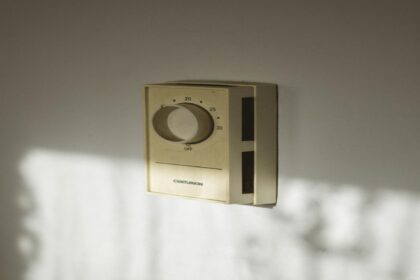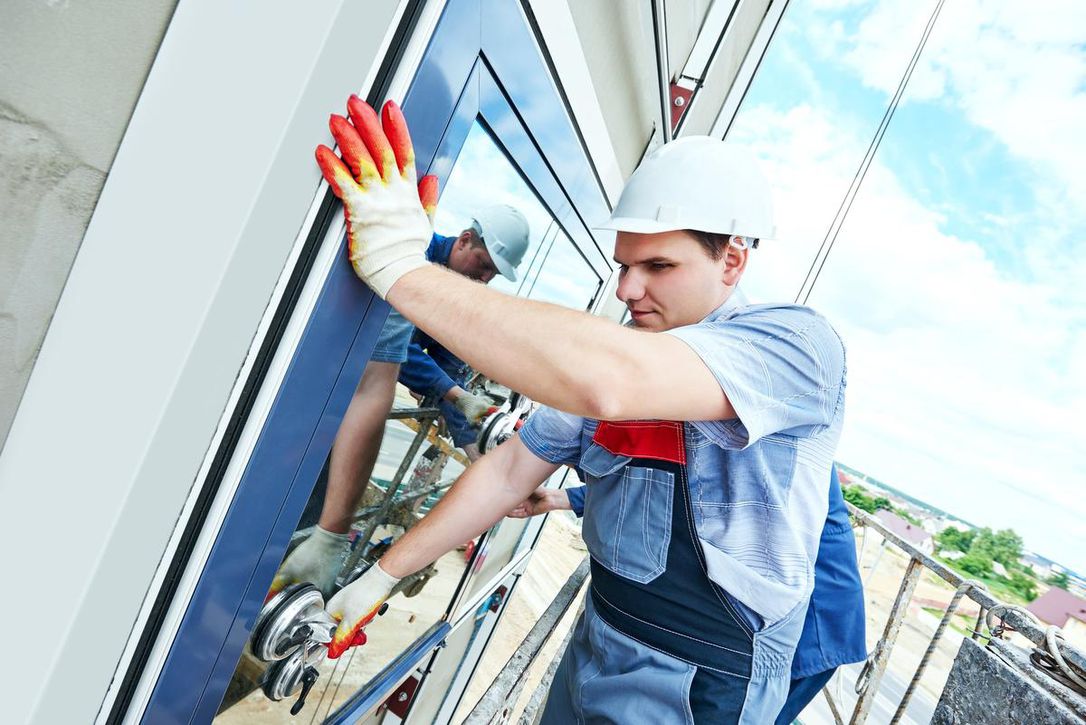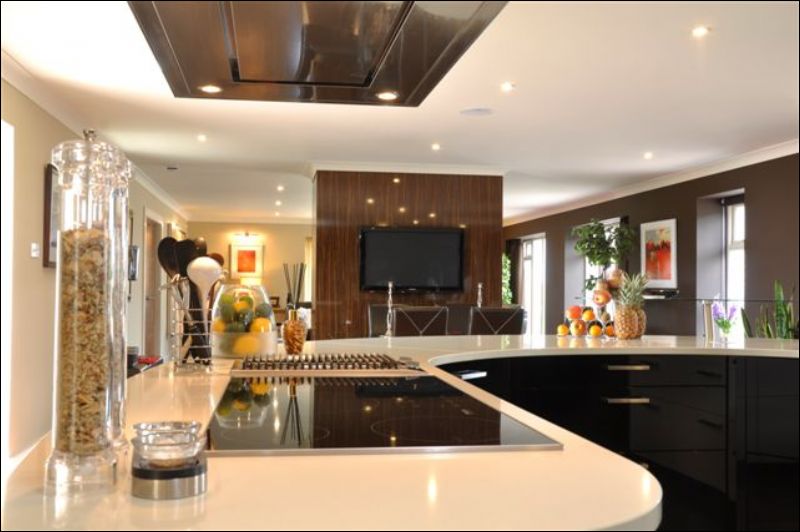Are you wondering how to improve energy efficiency in the home?
It’s an important improvement to make, not only for helping the environment but also for saving money on your electric bill. While being more energy-efficient at home may seem like a time-consuming task, with every change you make, you are reducing harmful emissions, helping to conserve natural resources, preventing climate change, reducing air pollution, and more.
Fortunately, going green isn’t a complicated task. While it does take a little time and planning, by implementing a few lifestyle changes, you can make a positive impact on the environment. And if you are part of the nearly 87% of families who are in debt, having extra cash from a reduced energy bill is a great way to boost your savings account.
If you are thinking about going green but aren’t sure where to start, this guide is for you.
Insulate Your Home
A great way to make sure your home is energy-efficient is to insulate it properly. Many homes, especially older ones, are not insulated, which can cause unstable temperatures in your home. Make sure to insulate your walls, attic, crawl spaces, and floors. If you have a loft, make sure to follow the best way to insulate loft.
Upgrade Your Appliances
One of the most impactful changes you can make is to upgrade your appliances to ENERGY STAR models. Your appliances can significantly drain energy and increase your electric bills. By upgrading to an ENERGY STAR model, you can save energy without sacrificing performance.
Seal Your Home
If you want a green home, consider sealing all the cracks and openings in your home. The opening in your doors, windows, attic, and more waste energy by leaking air and causing your HVAC system to work harder to heat and cool your home. By weatherstripping and sealing all other openings, you can protect your home and save energy.
Replace Your Windows
A great tip for staying green is to replace your windows with ones that are designed to help you conserve energy. Energy-efficient windows have double or triple panes, high-quality frames, and a thin coating that helps block out the sun and insulate your home. Upgrade your windows to create a greener home.
Unplug to Save Energy
A great way to have an energy-efficient home is to unplug electronic devices and small appliances when you are not using them. Even if the appliance or device is turned off, it is using electricity whenever it is plugged in. To save this energy, consider purchasing a power strip so you can easily unplug these items when you are not using them.
Replace Your Air Filters
Regularly replacing your air filters is essential, not just for saving energy but also for the health of you and your family.
When your air filters are clogged and dirty, all of the bacteria, dust, dander, and debris are circulated back into your home, causing indoor air pollution. This also makes your HVAC work harder, which uses more energy and increases your electric bill. You can avoid indoor air pollution and a higher energy bill by changing your air filters every 90 days.
Automate Your Heating and Cooling
One of the biggest energy drains in your home is your HVAC system. Heating and cooling your home is also one of the biggest contributors to your electric bills.
Instead of consistently fiddling with the thermostat, consider installing a programmable thermostat. It will help you save energy by keeping the temperature consistent in your home and turning the heating and cooling off when no one is in the home.
Install Low-Flow Plumbing Fixtures
Did you know you can save water and electricity just by upgrading your plumbing fixtures? By installing low-flow toilets, showerheads, and faucets, you can instantly become more energy-efficient. This is an ideal way to be more green without much effort.
Consider Solar Panels
If you are concerned about the amount of your energy bill, consider installing solar panels. While there is an initial investment, you will save that and more on your energy bill.
Using solar energy is great for the environment and will help you stop being dependent on the grid. You can use net-metering to cut expenses even more.
Opt for Cold Water
An easy way to be more energy-efficient is to use cold water when you are running your dishwasher or washing machine. While many people think hot water is required for cleaning, you can have spotless dishes and fresh laundry, even with cold water. This helps you conserve water as well as save energy.
Make Use of Natural Light
While it may be tempting to turn on the lights in your home, why not use natural light during the day? You can save electricity and provide a much better lighting source for your home. Natural light boosts vitamin D, improves your sleep, combats seasonal depression, reduces anxiety, lowers your blood pressure, and more.
Making use of natural light not only saves energy but also improves your health overall. Consider swapping out your incandescent lights for LEDs to supercharge your efforts.
Update Your Landscaping
The landscaping you use can help your home be more energy-efficient. By strategically placing trees, plants, and shrubs in your yard, you can create a level of insulation for your home.
Tall trees will block out the sun and keep the home cool in the summer and warm in the winter. As a bonus, having more greenery around, you can reduce your stress, boost your mood, and even lower your blood pressure.
Use These Tips to Promote Energy Efficiency in the Home
By using these tips to improve energy efficiency in the home, you can make a positive impact on the environment.
Start by upgrading your appliances, lighting, plumbing fixtures, and windows. You can also make a few lifestyle changes, such as using cold water, unplugging items when you are not using them, and using natural light. Consider supercharging your efforts by installing solar panels and using energy-efficient landscaping.
Follow these tips to create an energy-efficient home.
Don’t forget to browse our site for advice on home improvement, fashion, beauty, entertainment, and more.





